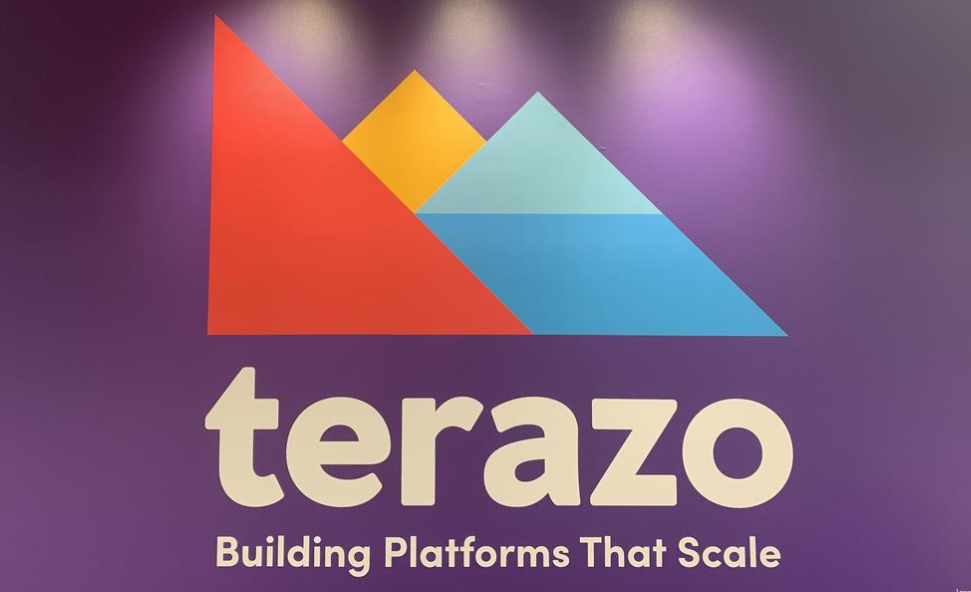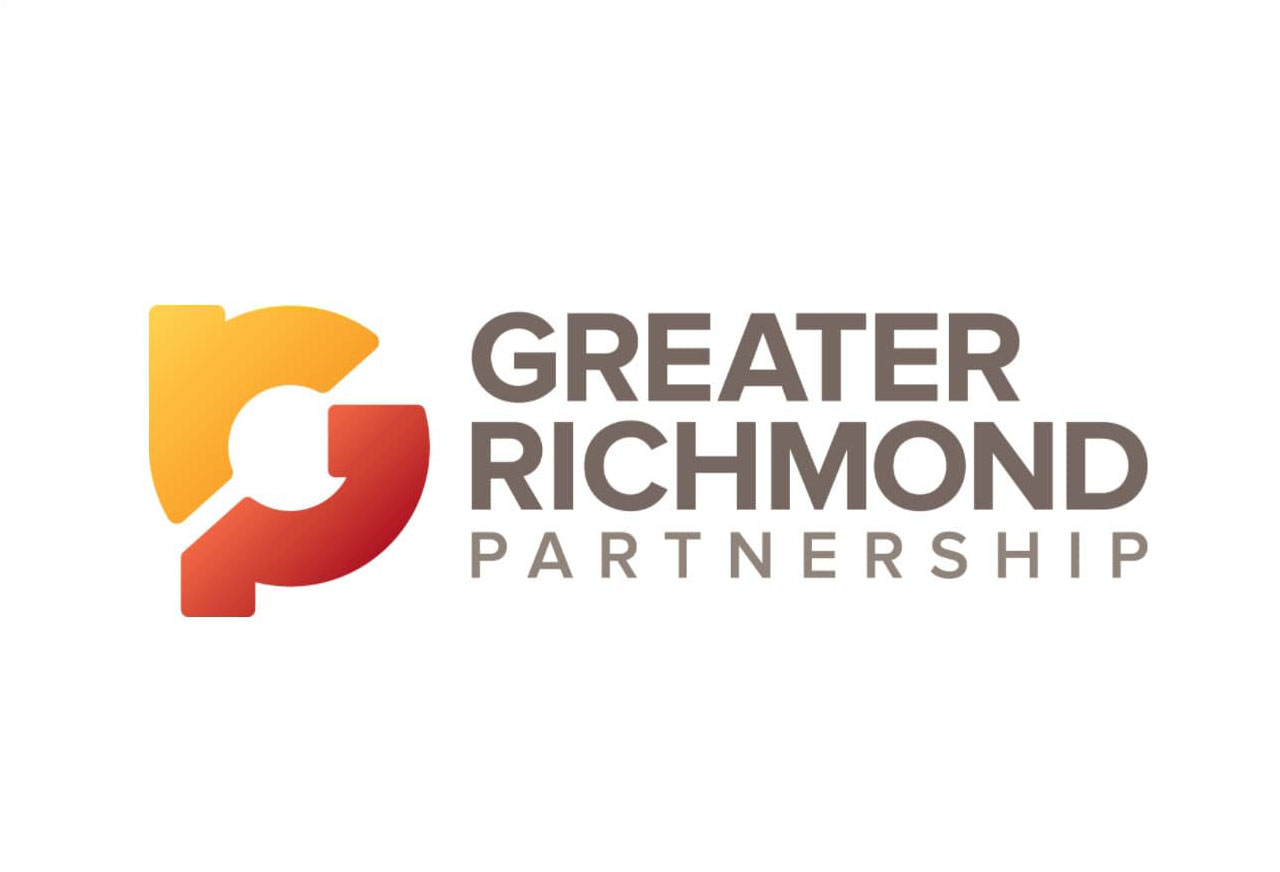
News
News | 6 min read
June 29, 2014

Any business that depends on unexpected sales to achieve its financial goals can certainly understand Chesterfield County’s delight over the surprise development that a huge employer is moving in.
Sometimes you just need a little luck for a gift to seemingly drop from the heavens to complement the hard work that’s usually behind a positive result.
Advertisement
It will take more than five years for the full buildup to an estimated 2,000 jobs, but the arrival of China-based Shandong Tranlin Paper Co. could change some of the important conversations in the Richmond region and its largest county south of the James River.
Given its size, a population that tops 320,000 and its importance to the Richmond region, Chesterfield can pull the rest of central Virginia forward when it succeeds. And that’s why there should be no shortage of high-fives to the county that in recent months has been struggling to find dollars to upgrade its schools and, over a much longer period, to pull in commercial development to increase the percentage of taxes paid by businesses.
For economic development authorities, it’s a major-league sport to land high-quality employers. It used to be that the prize involved announcing a top company was moving its headquarters or a key operation to the Richmond region. In these cases, employees had to decide whether to pull up stakes in other parts of the county and relocate to Virginia’s capital region.
Lately, however, we’re seeing companies come here to build a plant or a center with the intention of hiring local residents to fill up the new workplaces. The Richmond region saw that with Amazon and its distribution center, also in Chesterfield. And we’ll experience it with the Tranlin plant to be located on 850 acres east of U.S. 1 and Interstate 95 near the James River.
With a predicted average salary of $45,000, the new come-here would help stabilize the region’s middle class, which has been pinched by a toxic mix of layoffs, debt, house foreclosures and higher living costs that started with the recession more than five years ago.
Tranlin could do for some sectors of the middle class what Philip Morris USA created after it established a cigarette-making plant back in South Richmond when tobacco was king. (Coincidently, Philip Morris said last month it plans to spend $50 million to create a complex of tobacco storage warehouses in the Meadowville area of Chesterfield.)
In last Sunday’s article by Times-Dispatch staff writer John Ramsey, Chesterfield County Administrator Jay Stegmaier used “enormous catalyst” to describe what’s coming next. Not surprisingly, some of the region’s major priorities were falling in line as well.
The first, of course, is job creation. It’s taken to 2014 for our region to finally approach replacing all the jobs lost in the recent recession deepened by the collapse of the real estate market. Adding employees from what has been described as an innovative manufacturer of paper products would be a plus.
Second, and closely related to new employment, is workforce training, which has been a burning focus because economic growth depends on a more effective system that delivers job-ready workers when employers need them. The region’s community colleges will certainly be a positive factor, but this is a great opportunity for the region to step back and upgrade a network that improves skills so workers have a good foundation to step into jobs waiting for them. It’s frustrating to hear Richmond-area companies have jobs that go begging because they can’t hire those who apply.
Using the Tranlin plant as a way to create a deeper pool of quality manufacturing workers could lead to additional announcements and deals that other companies will build here, too. Manufacturing is as old as Richmond, so employers with deep roots here could benefit as well.
Third, a dependable way to cut the ranks of poverty. Nothing does it as well as a stable, paying job to break the systemic cycle of not being able to support yourself or a household. Jobs represent independence. Putting this big plant in an area where residents need jobs is a brilliant stroke. But there’s got to be a commitment to coordinating such a result.
Fourth, upgrading the region’s transportation system. Chesterfield is already thinking about how to move hundreds of workers in and out of that corridor. It doesn’t want to repeat the traffic jams that Amazon experienced during the holiday shopping season.
Will it be public transportation? What about workers who don’t drive? Stay tuned.
Fifth, the region’s logistics opportunities rise as a strength with efforts to develop better coordinated ways to move goods from manufacturers and suppliers to customers. The U.S. 1 corridor has been cited in the analysis and advocacy by the regional think tank Richmond’s Future on how to boost the Port of Richmond, where barges can take goods to Hampton Roads to lessen highway congestion. Added business through the port also creates jobs.
Finally, improved housing. Some houses that were built during the time Chesterfield zoomed to one of the fast-growing counties in the country are in need of makeovers. Improved housing stock keeps real estate sales robust and property taxes in check. The Tranlin salaries could help local residents afford good housing and renovations.
Regional priorities aside, the initial focus in Chesterfield is to get the plant built, a phase that offers its own opportunities for new jobs, development along the Jefferson Davis Highway corridor and added revenue for government and local businesses.
As the steel beams are prepared for construction, it’s also fitting that we end with a round of congratulations to Chesterfield, the Greater Richmond Partnership, the Virginia Economic Development Partnership and several state agencies for orchestrating this victory. A nice win for Gov. Terry McAuliffe, too.
It’s a forward-looking celebration for a county that’s used to doing more with less.
Copyright Richmond Times-Dispatch. Used by permission.